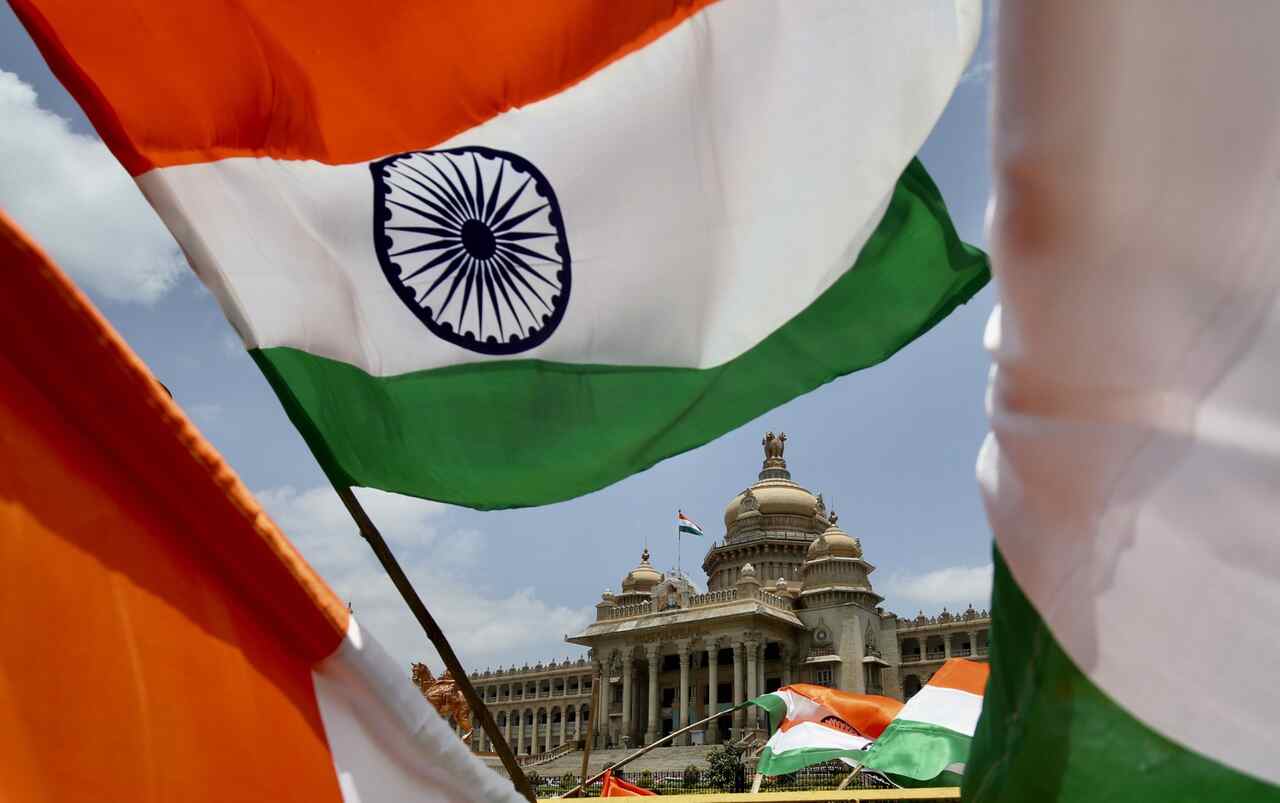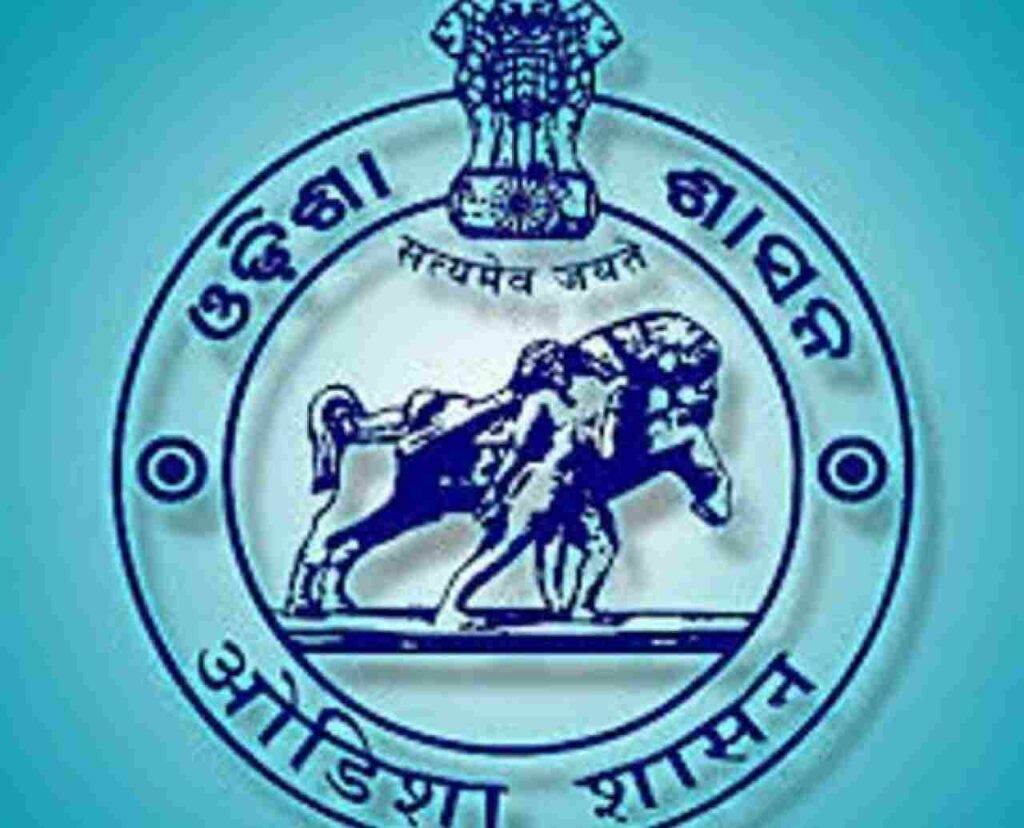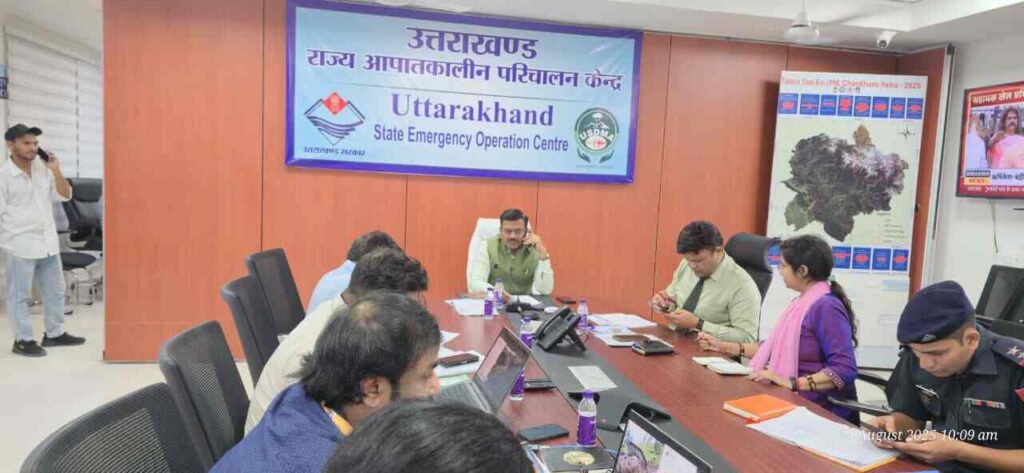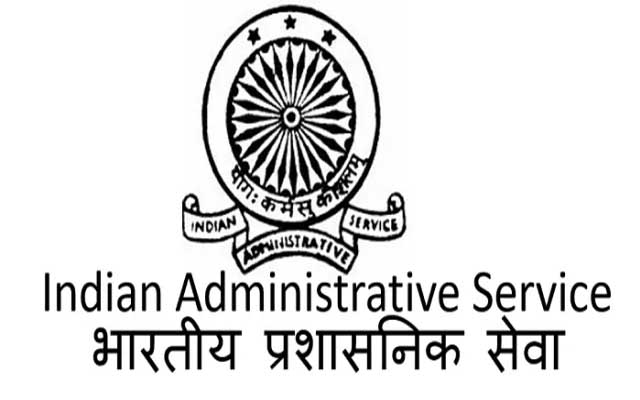New Delhi: India and Russia are racing ahead with ambitious plans to jointly manufacture ice-class cargo vessels capable of navigating the challenging Northern Sea Route (NSR), signaling a major leap in India’s maritime manufacturing prowess and strategic cooperation with Moscow.
The groundbreaking collaboration was discussed at the inaugural meeting of the India-Russia working group on Northern Sea Route cooperation held in New Delhi on October 10, 2024.
India-Russia Strategic Arctic Alliance: Rosatom Leads Russia’s Arctic Vision with India
Vladimir Panov, Special Representative for Arctic Development at Russia’s integrated atomic power major Rosatom State Corporation, confirmed that both nations are in advanced talks on constructing ice-class vessels designed to carry cargo on the Northern Sea Route.
The meeting brought together high-level delegations led by Panov and Indian Deputy Minister of Ports, Shipping and Waterways Rajesh Kumar Sinha.
This represents India’s strategic entry into Arctic maritime operations, positioning the country as Russia’s preferred partner over China for this critical infrastructure project.
Why India Over China?
The Indian Government is in discussions with two shipbuilders – one state-owned and another private – to construct four non-nuclear icebreaker ships valued at over $750 million.
Russia’s decision to partner with India instead of China reflects growing trust and deepening bilateral ties, particularly in defense and maritime technology sectors.
The construction program will support Rosatom as it searches for capable shipyards in India to execute this ambitious project.
Northern Sea Route: The Arctic Game-Changer
The Northern Sea Route is rapidly emerging as a game-changing alternative to traditional shipping lanes.
Compared to the traditional Suez Canal route, the NSR offers faster transit between Northern Europe and East Asia. As part of its NSR Development Plan, Russia aims to transport at least 150 million tonnes of crude oil, liquefied natural gas, coal, and other cargo annually by 2030.
This Arctic corridor can cut shipping time by up to 40% compared to conventional routes, offering enormous economic benefits.
India-Russia Strategic Arctic Alliance: India’s Shipbuilding Capacity Gets Arctic Boost
The Indian government has declared its intent to expand its shipbuilding industry, seeking to become a global player – a goal that is well-timed with Russia’s infrastructure needs.
Goa Shipyard, a state-owned facility, is prominently positioned to lead this initiative alongside private sector participants.
The project aligns perfectly with India’s Vision 2030 to capture 5% of the global shipbuilding market.
Beyond Ships: Training Indian Mariners in Polar Navigation
The working group meeting addressed targets for Russian-Indian cargo transit by the Northern Sea Route and the possible training of Indian sailors in polar navigation.
This knowledge transfer component will equip Indian maritime professionals with specialized skills in Arctic navigation, ice-breaking operations, and extreme weather shipping.
Such expertise will prove invaluable as India expands its global maritime footprint.
Environmental Standards at the Core
India and Russia are committed to ensuring that Northern Sea Route operations meet international environmental benchmarks.
A key condition for sustainable development of shipping along the Northern Sea Route is its compliance not only with Russian but also with international environmental standards and best environmental practices.
Both nations are collaborating with the Marine Research Center of M.V. Lomonosov Moscow State University on this environmental project, which started in 2021 and continues through 2025.
Strategic and Economic Windfall for India
This partnership delivers multiple advantages for India:
Economic Benefits: The $750 million+ project will generate substantial revenue for Indian shipyards and create thousands of skilled jobs.
Technology Transfer: Building ice-class vessels will introduce cutting-edge Arctic maritime technology to India’s shipbuilding sector.
Strategic Autonomy: Access to the Northern Sea Route provides India with alternative trade corridors, reducing dependence on traditional chokepoints.
Global Recognition: Successful execution will establish India as a credible player in specialized shipbuilding markets.
The Road Ahead
Russia’s aggressive Arctic development timeline targets 200 million tons of annual cargo flows along the NSR by 2030, requiring significant fleet expansion.
India’s participation in this expansion offers a win-win scenario – Russia gets reliable shipbuilding capacity outside Western sanctions, while India gains advanced maritime capabilities and strategic access.
As climate change continues to open Arctic waters for longer periods annually, the Northern Sea Route’s commercial viability will only increase, making this India-Russia partnership increasingly valuable.
The collaboration marks a pivotal moment in bilateral ties, extending beyond traditional defense cooperation into strategic economic infrastructure that will shape maritime trade for decades to come.







